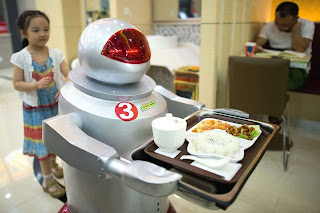AI Israeli Style

Sherlock Holmes with AI Israel is a global center of innovation in a number of sectors, including 3D Printing, cancer research and Artificial Intelligence. Researchers at Ben-Gurion University of the Negev are putting AI to work to predict, deter and fight crime. It's fascinating research developing AI innovation that could be highly beneficial to fight crime globally. You might call the program "Sherlock Holmes empowered by artificial intelligence." Ben-Gurion University of the Negev- Israeli Police AI Program Israeli researchers are using AI tools, incorporating advanced cyber and big data, to predict and prevent crime. They believe they're on the threshold of the next big crime-fighting breakthrough. Specifically, analyzing big data to uncover patterns that result in crime prediction and prevention. It's an AI pre-emptive strike on crime. University Center for Computational Criminology The University just launched the Center for Com











